Login
Subscribemelanoma

Mega Multiplexing for Exploring Diseased Tissues
Niki Spahich, PhD | Oct 16, 2023 | 4 min read
Researchers at KU Leuven specialize in performing a multiplex immunohistochemistry method that uses conventional antibodies and pathologist-driven data analysis.

Taking Snapshots of DNA Damage in Skin Cancer
Deanna MacNeil, PhD | Aug 15, 2023 | 3 min read
Researchers turn to high resolution sequencing to explain recurrent melanoma mutations caused by UV exposure.

The Scientist’s Journal Club: Cancer
The Scientist’s Creative Services Team | 1 min read
Scientists present the latest research on immune cell responses to cancer, the role of epigenetics in cancer, and molecular imaging of the tumor microenvironment.
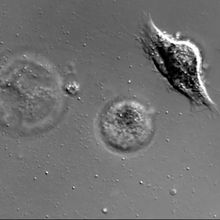
Science Snapshot: Living Bubble Wrap
Lisa Winter | Oct 5, 2022 | 1 min read
This year’s fourth-place winner of the 2022 Nikon Small World in Motion competition shows dying melanoma cells.
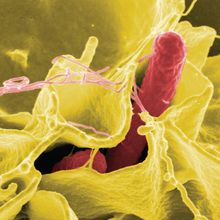
Modified Salmonella Revs Immune Response, Combats Tumors in Mice
Natalia Mesa, PhD | Feb 3, 2022 | 5 min read
When coated with positively charged particles, the bacteria shuttled antigens out of tumors and activated the immune system, a study finds.
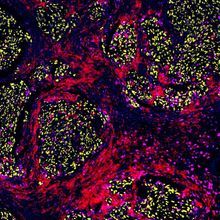
Cross-Resistance: One Cancer Therapy Can Undermine the Next
Sophie Fessl, PhD | Jul 16, 2021 | 6 min read
Targeted cancer therapy may jeopardize the effectiveness of subsequent immunotherapy by reducing dendritic cell numbers and activation, according to study of mice and patient samples.
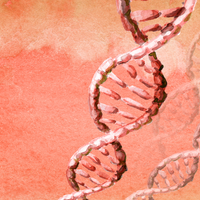
Human Blood Harbors Cell-Free Microbial DNA
Abby Olena, PhD | Jul 9, 2021 | 3 min read
After controlling for high levels of bacterial contamination in their lab and reagents, researchers detect microbial genetic material in plasma samples from healthy people and cancer patients.

“Lemon Frost” Leopard Geckos’ Cancers Similar to Human Melanomas
Christie Wilcox, PhD | Jun 24, 2021 | 6 min read
The color morph’s bright yellow hue and its propensity for skin tumors both likely stem from a gene implicated in a dangerous form of human skin cancer, suggesting the animals could make an ideal model for studying the disease.

Cancer Metastasizes Via Fusion of Tumor and Immune Cells: Study
Marcus A. Banks | Jun 17, 2021 | 3 min read
Researchers say evidence of hybridization between leukocytes and cancer indicates that this is a primary means of metastasis. Others disagree.

Opinion: AI Could Aid Cancer Diagnosis, but Caution Is Needed
Adewole S. Adamson | Apr 1, 2021 | 3 min read
While machine learning could improve detection of tumors at their earliest stages, it also risks identifying malignancies that would never cause the patient any harm.

George Preti, Organic Chemist Who Studied Human Body Odors, Dies
Amy Schleunes | Mar 20, 2020 | 3 min read
Over nearly 50 years, the Monell Chemical Senses Center chemist investigated a range of topics, from the smell of cancer to body odor’s effects on human physiology and behavior.
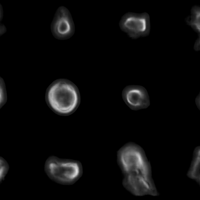
Image of the Day: Melanoma Neural Network
Emily Makowski | Dec 9, 2019 | 2 min read
A deep neural network can help determine how likely cancer cells are to metastasize.
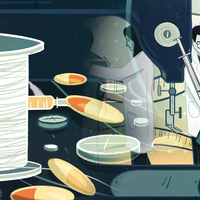
Personalized Cancer Vaccines in Clinical Trials
Jasreet Hundal and Elaine R. Mardis | Jul 15, 2019 | 10+ min read
The field is young, but predicting antigens produced by patients’ malignant cells could yield successful treatments for individuals with a range of cancer types.
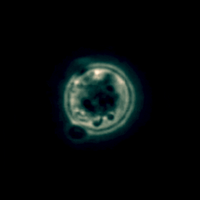
Image of the Day: Bad Behavior
Kerry Grens | Dec 12, 2018 | 1 min read
A deep learning program can identify cells with higher metastatic potential based on the way they look and move.

Immunotherapy Drug Shows Promise for Melanoma, Lung Cancer
Sukanya Charuchandra | Jun 4, 2018 | 2 min read
Merck’s Keytruda extended the lives of lung cancer patients by several months and appeared to stop the progression of advanced melanoma.
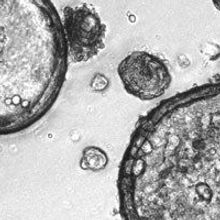
Caught on Camera
The Scientist Staff | Apr 1, 2018 | 2 min read
Selected Images of the Day from the-scientist.com
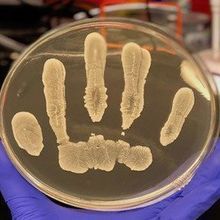
Cancer-Fighting Chemical Found in Human Skin Bacteria
Diana Kwon | Mar 1, 2018 | 2 min read
A molecule produced by a strain of Staphylococcus epidermis interferes with DNA synthesis.

Locally-Injected Immunotherapy Eradicates Tumors in Mice
Diana Kwon | Feb 1, 2018 | 2 min read
The treatment also curbed the growth of nearby metastases that did not receive the drug.
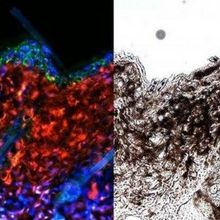
Image of the Day: Sun Burn
The Scientist Staff and The Scientist Staff | Oct 20, 2017 | 1 min read
When certain melanocyte stem cells are exposed to UV rays, a molecular cascade can trigger melanoma, scientists find in mice.
